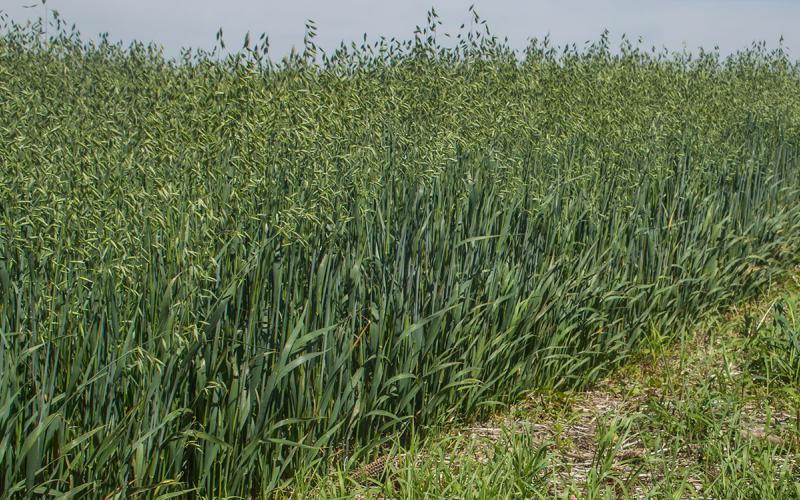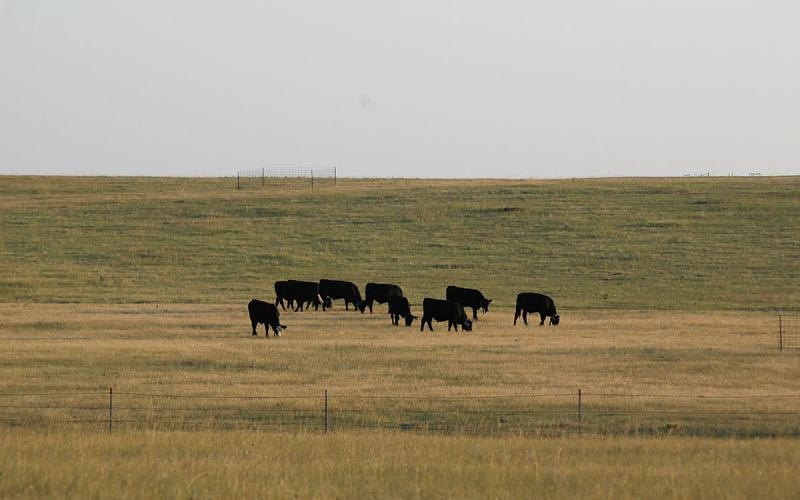What do we do if it is time to wean calves, but the pen isn’t ready? That can be a real concern during wet fall seasons, such as 2019. Putting calves into muddy pen conditions is far from desirable, but holding calves on the cows deep into fall increases the risk of adverse winter weather and tends to pull body condition off the cows.
Using cover crops as a feed resource for weaned calves in the fall offers a potential solution for this dilemma. Holding calves out of muddy yards allows for additional time to perform lot maintenance or until the pen surface freezes. Weaning onto annual forages matches up well with fenceline weaning where the cows and calves are separated by a fence that still allows nose-to-nose contact.
Dr. Eric Mousel with the University of Minnesota Extension conduced an experiment to compare grazing weaned calves on annual forages to a more traditional backgrounding diet consisting of haylage and dried distillers grains. The two groups of calves were on the separate treatments for 45 days and then fed the backgrounding diet for another 45 days.
In that study the calves grazing the annual forages gained about 1.1 pounds per day compared to 1.7 pounds per day in the backgrounding yard. However, during the second 45-d period when all calves were on the backgrounding diet, the calves who had started on forage outgained the yard fed contemporizes (2.8 vs. 2.5 pound ADG), partially making up for the earlier poor performance.
Dr. Mousel suggests that strip-grazing does promote more efficient usage of the forage, but to be certain to move the fence frequently. Being more liberal in forage allowance avoids accidently restricting intake and allows calves to select a higher quality diet which would support animal performance. Placing feed bunks in the field and delivering supplemental feed is an option if forage quantity is limited or if additional nutrients are needed to hit performance targets.
This study demonstrated that calves can be weaned on annual forages as an option. Performance potential perhaps won’t be as high as could be expected in a backgrounding yard, assuming that pen conditions aren’t affecting performance. In some cases in an extremely wet fall, the annual forage field might actually be a better environment for the calves during those critical first few weeks.
Some plant mixes will work better than others for promoting calf gain. Work done by Dr. Sandy Smart at SDSU has demonstrated that forage mixes with a greater proportion of grasses support greater animal performance compared to those that are predominately made up of plants such as turnips. Brassicas are much lower in fiber compared to grass species. Low fiber content results in a much more rapid passage rate and less opportunity for plant nutrients to be digested and metabolized.


